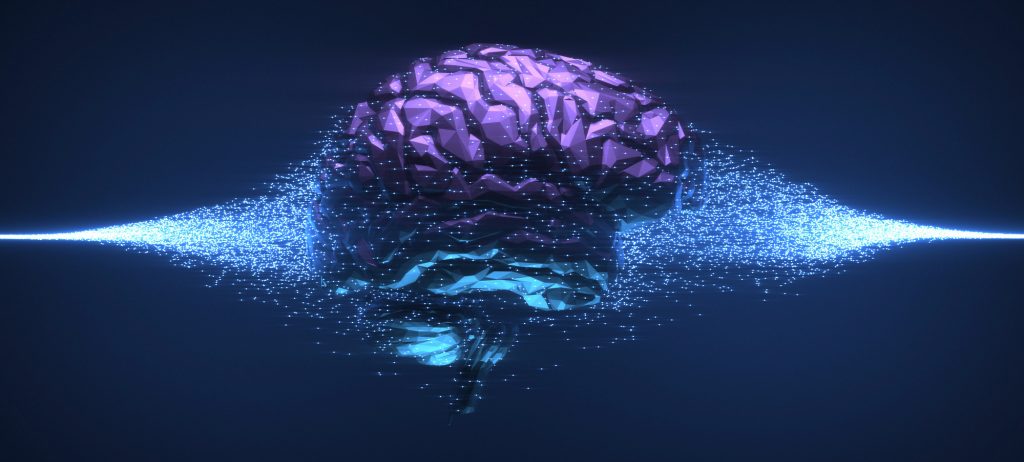Full Stack Neuromorphic
In order to bring brain-inspired hardware, algorithms, and AI closer to realization for diverse applications, Sandia National Laboratories’ neural computing group is building a set of neuromorphic capabilities relevant to all system levels.

AI-enabled smart products and services are exceptionally useful for everyday purposes such as wearables, cell phones, and home monitoring and automation systems; they also introduce new capabilities to key national security technologies including satellites, drones, and ground sensors in critical settings. Currently, AI computation is energy intensive. Edge solutions that compute in the cloud or at offsite data centers are used to meet power demands for the device itself as well as for the computation to process and complete tasks. This approach conserves device battery power but introduces other limiting factors such as data transfer latency and user privacy concerns.
Neuromorphic computing is known for integrating algorithms, architecture, and hardware elements in a manner modeled after the human brain. Increasingly favored by researchers in artificial intelligence (AI) and machine learning (ML), neuromorphic approaches are recognized for their ability to accomplish more with reduced power consumption and a smaller overall footprint. Due to their closely integrated architectures, neuromorphic approaches present a strategy for computing locally within device memory. In-memory computation could enable small, compact, and energy efficient smart devices and sensors equipped for even more adaptive and responsive AI computing in real-time.
Sandia researchers are shaping the future of computing through the co-design and development of novel neuromorphic approaches. Sandia’s interdisciplinary team of experts in mathematics, cognitive science, algorithm development, electrical engineering, and device physics have developed neuromorphic computing algorithms, architecture, and hardware to address U.S. national security mission areas and beyond. The resulting portfolio of unique capabilities, deep technical expertise, intellectual property (IP), and facilities can provide value to partners seeking to advance computing efforts in diverse areas.
| Patent Title | Patent Number | Grant Date |
|---|---|---|
| Neuromorphic computing architecture with dynamically accessible contexts | 10,970,630 | 04/06/2021 |
| Adaptive neural network management system | 10,891,540 | 01/12/2021 |
| Constant depth, near constant depth, and subcubic size threshold circuits for linear algebraic calculations | 10,445,065 | 10/15/2019 |
| Coupled memristor devices to enable feedback control and sensing of micro/nanoelectromechanical actuator and sensors | 10,392,243 | 08/27/2019 |
| Ion-barrier for memristors/ReRAM and methods thereof | 9,831,427 | 11/28/2017 |
| Multilevel resistive information storage and retrieval | 9,412,446 | 08/09/2016 |
| Methods for resistive switching of memristors | 9,336,870 | 05/10/2016 |
| Memristor using a transition metal nitride insulator | 8,872,246 | 10/28/2014 |
| Neural mosaic logic unit | Pending | Pending |
| Spiking retina microscope | Pending | Pending |
| Device and method for random walk simulation | Pending | Pending |
12/7/2022
Last Updated1/3/2023